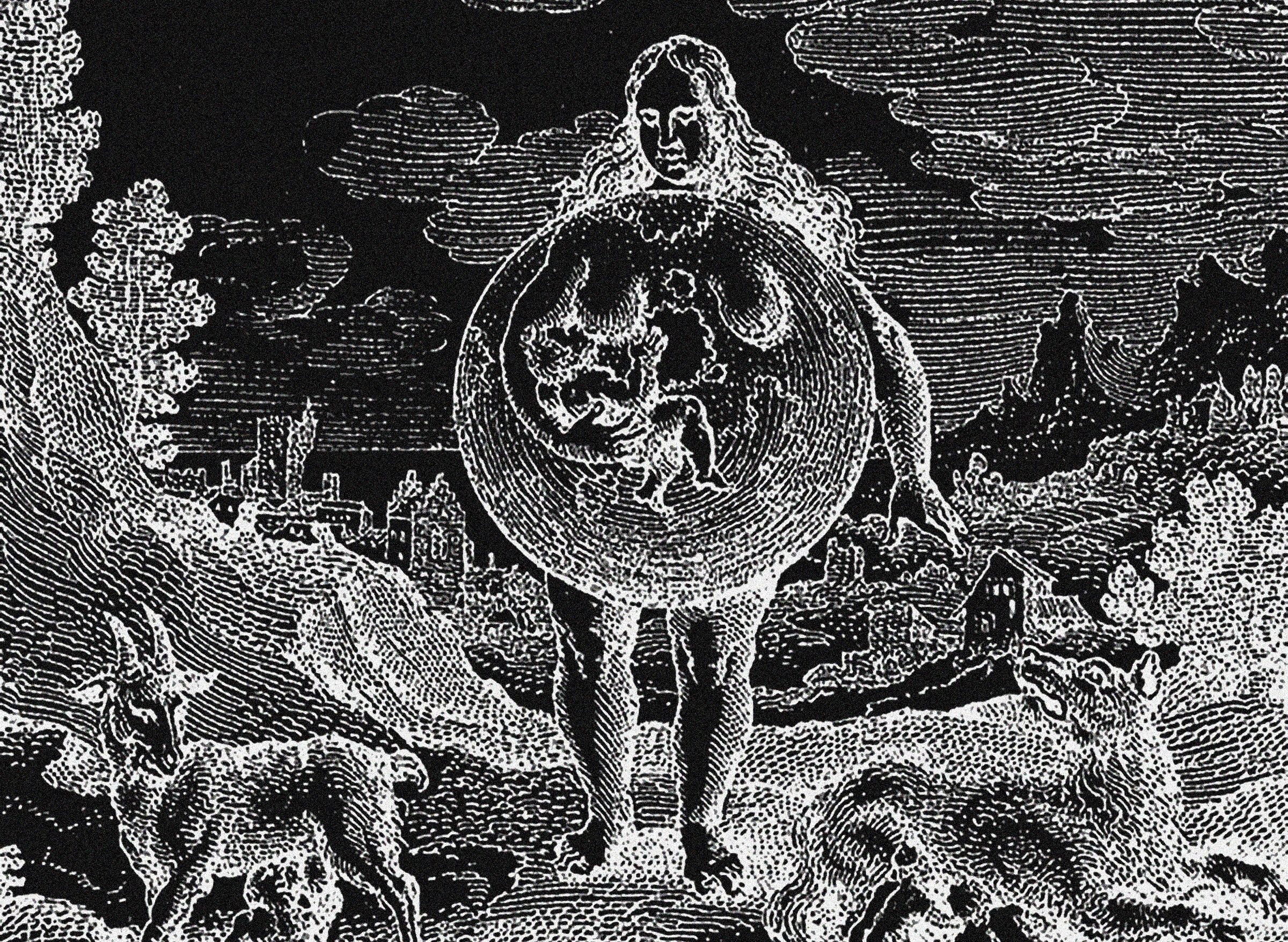Hannah Arendt, The Human Condition (University of Chicago Press, 1958), 7.
Arendt, Human Condition, 119.
Arendt, Human Condition, 152.
Arendt, Human Condition, 152.
Arendt, Human Condition, 24.
Arendt, Human Condition, 178.
Arendt, Human Condition, 7.
Arendt, Human Condition, 190.
Arendt, Human Condition, 2.
Arendt, Human Condition, 26.
“Arendt’s 1964 Lecture on Cybernetics” →.
“Arendt’s 1964 Lecture on Cybernetics.” See also Brian Simbirski, “Cybernetic Muse: Hannah Arendt on Automation, 1951–1958,” Journal of the History of Ideas 77, no. 4 (2016): 589–613.
Aileen Moreton-Robinson, “Senses of Belonging: How Indigenous Sovereignty Unsettles White Australia,” ABC Religion and Ethics, February 21, 2017 →. See also Glen Coulthard, Red Skin, White Masks: Rejecting the Colonial Politics of Recognition (University of Minnesota Press, 2014).
Aileen Moreton-Robinson, “I Still Call Australia Home: Indigenous Belonging and Place in a White Postcolonizing Society,” Uprootings/Regroundings: Questions of Home and Migration, ed. Sara Ahmed (Berg Publishing, 2003), 23–40, 32.
Gregory Bateson, Mind and Nature: A Necessary Unity (E. P. Dutton, 1979).
“The interaction between parts of mind is triggered by difference, and difference is a non-substantial phenomenon not located in space or time; difference is related to neg-entropy and entropy rather than energy.” Bateson, Mind and Nature, 102.
Bateson, Mind and Nature, 134. Six aspects of Bateson’s definition of mind are key: “A mind is an aggregate of interacting parts”; “the interactions between parts of mind is triggered by difference; mental process requires collateral energy; mental process requires circular (or more complex) chains of determination”; “in mental process, the effects of difference are to be regarded as transforms (i.e., coded version) of events which preceded them”; and “the descriptions and classification of these processes of transformation disclose a hierarchy of logical types immanent in the phenomena.” Ibid, 92.
Gregory Bateson, Steps to an Ecology of Mind (Ballantine Books 1972), 467.
Bateson, Steps to an Ecology of Mind, 492.
Bateson, Steps to an Ecology of Mind, 94.
David Lipset, Gregory Bateson: Legacy of a Scientist (Prentice Hall, 1980).
Lipset, Gregory Bateson, 103.
Gilles Deleuze, Difference and Repetition, trans. Paul Patton (Columbia University Press, 1994).
Aimé Césaire, Discourse on Colonialism (Monthly Review Press, 2001), 34.
Édouard Glissant, Poetics of Relation (University of Michigan Press, 1997), 12.
Rob Nixon, Slow Violence and the Environmentalism of the Poor (Harvard University Press, 2013).
Bateson, Mind and Nature, 92.
Hortense Spillers, “Mama’s Baby, Papa’s Maybe: An American Grammar Book,” Diacritics 17, no 2 (1987): 64–81.
Thomas Jefferson, Notes on the State of Virginia (Penguin Classics, 1998). See Christina Sharpe, In the Wake: On Blackness and Being (Duke University Press, 2016), 78.
Kapil Raj, Relocating Modern Science: Circulation and the Construction of Knowledge in South Asia and Europe (Palgrave MacMillan, 2007).
Césaire, Discourse on Colonialism, 32.
Sharpe, In the Wake, 105.
